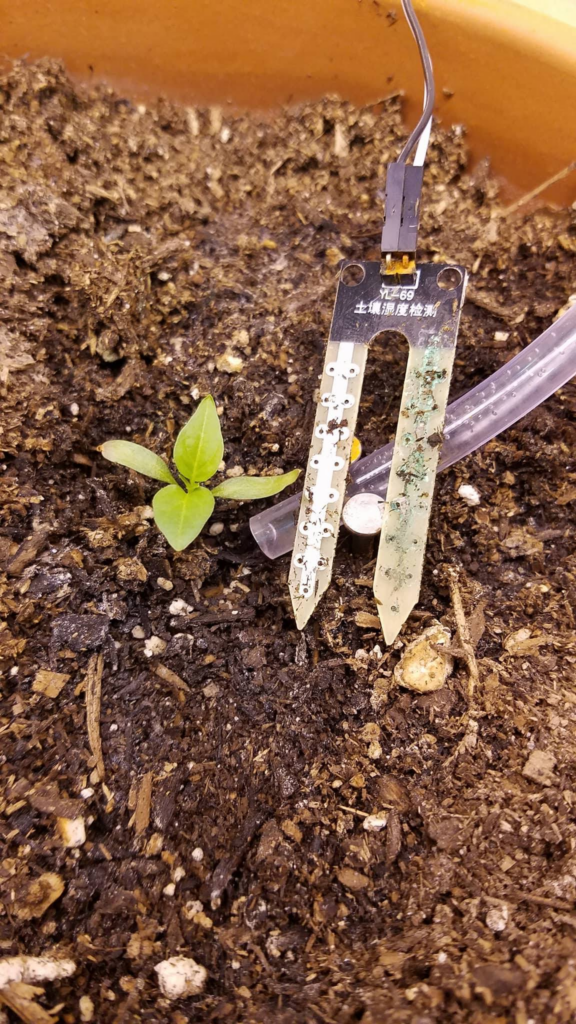
INTRODUCTION
In recent years, the agricultural industry has witnessed a profound transformation, thanks to advancements in technology. Among these innovations, soil moisture sensor technology has emerged as a game-changer. This article explores the fascinating world of soil moisture sensors, delving into their functionality, applications, and the impact they have on modern agriculture.
Understanding Soil Moisture
Before we dive into the technology, it’s crucial to grasp the concept of soil moisture. Soil moisture refers to the amount of water present in the soil, and it plays a pivotal role in determining plant health and crop yield. Monitoring and managing soil moisture levels are critical tasks for farmers aiming to optimize their harvests.
THE EVOLUTION OF SOIL MOISTURE SENSORS
Early Developments
The journey of soil moisture sensors dates back to the mid-20th century when researchers began experimenting with various methods to measure soil moisture. Initially, these sensors were large, cumbersome, and expensive, limiting their practicality for everyday use.
Modern Advancements
Fast forward to the 21st century, and we find a completely different landscape. Soil moisture sensors have undergone a remarkable transformation. They have become compact, affordable, and incredibly accurate. These sensors use cutting-edge technology to provide real-time data on soil moisture levels.
TYPES OF SOIL MOISTURE SENSORS
Volumetric Sensors
Volumetric soil moisture sensors measure the volume of water in a given volume of soil. They are highly accurate and are commonly used in research settings.
Tensiometric Sensors
Tensiometric sensors gauge soil moisture by measuring the tension needed to extract water from the soil. They are widely used in agriculture to monitor moisture levels in the root zone.
Dielectric Sensors
Dielectric sensors use the dielectric constant of soil to estimate moisture content. They are known for their non-invasive nature and suitability for large-scale agricultural applications.
APPLICATIONS OF SOIL MOISTURE SENSORS
Precision Irrigation
One of the most significant applications of soil moisture sensors is in precision irrigation. By providing real-time data on soil moisture, these sensors enable farmers to optimize their irrigation schedules, reducing water wastage and increasing crop yield.
Drought Management
In regions prone to drought, soil moisture sensors play a vital role in drought management. They help farmers anticipate water shortages, allowing them to take proactive measures to protect their crops.
Research and Development
Soil moisture sensors are invaluable tools for researchers studying plant physiology and soil science. They provide essential data for experiments and studies aimed at improving agricultural practices.
BENEFITS OF SOIL MOISTURE SENSOR TECHNOLOGY
So, why should farmers and researchers embrace soil moisture sensor technology?
- Increased Crop Yield: By optimizing irrigation and ensuring that plants receive the right amount of water, farmers can significantly increase their crop yields.
- Water Conservation: Soil moisture sensors help conserve water by preventing over-irrigation, which is not only wasteful but also harmful to the environment.
- Cost Savings: Efficient water usage leads to reduced operational costs for farmers, making agriculture more sustainable.
CHALLENGES AND CONSIDERATIONS
While soil moisture sensors offer numerous benefits, there are also challenges to consider. These include sensor calibration, data interpretation, and initial investment costs. However, the long-term advantages far outweigh these challenges.
CONCLUSION
In the ever-evolving world of agriculture, soil moisture sensor technology stands out as a beacon of innovation. From its humble beginnings to its current state, these sensors have revolutionized the way we manage soil moisture. With their potential to increase crop yields, conserve water, and make agriculture more sustainable, soil moisture sensors are undoubtedly here to stay.
